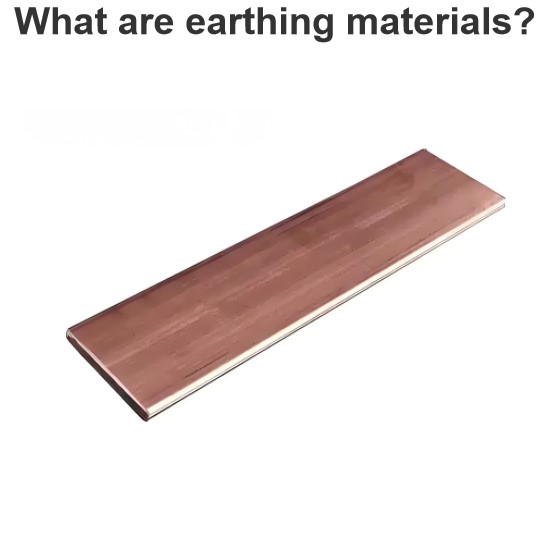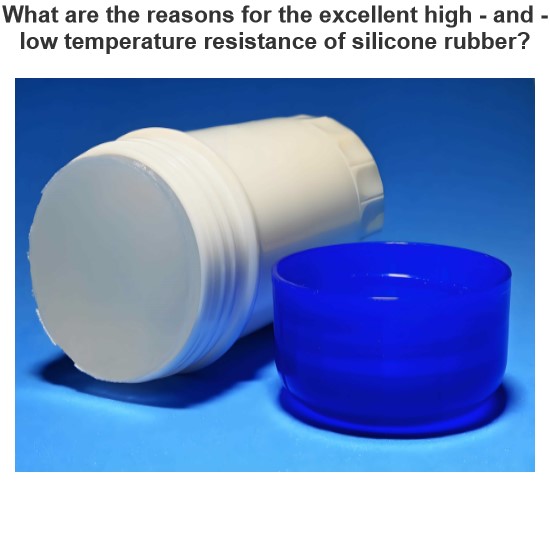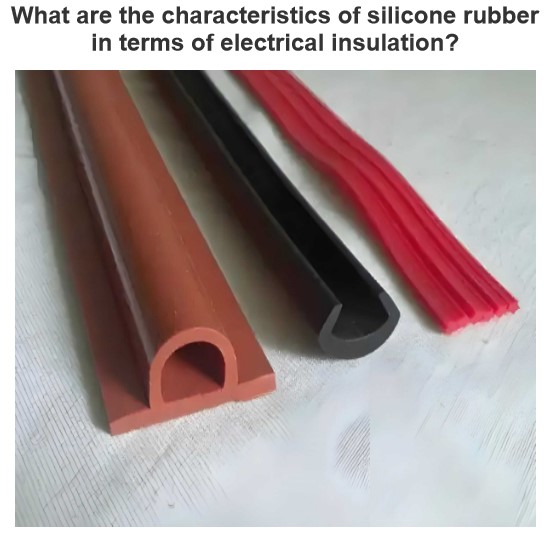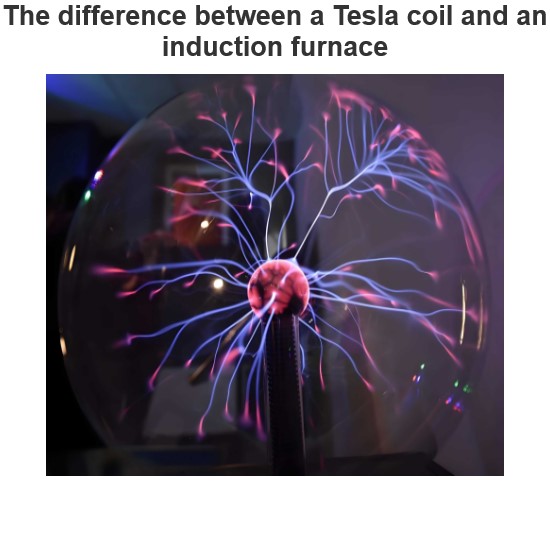Materials Used for Transmission Line Conductor
Transmission line is an important part of power system. The cost and life of transmission line primarily depend on the material used for making conductor for transmission line. The most important and much suitable material for conductor of transmission line is copper as it having high conductivity and high tensile strength. More ever it is having good ductility. The only limitation is its cost. The most extensively used material in transmission line is Aluminum.
Aluminum is having sufficient conductivity. More ever it is light in weight. Which results in low conductor weight and less sag. The only limitation is its low tensile strength. To overcome this limitation steel core is used for increasing the tensile strength of aluminum conductor such as in ACSR (Aluminum conductor steel reinforced) conductor.
ACSR conductor is very much popular for high voltage overhead transmission lines. The choice of suitable material for Transmission line depends upon–
Required electrical properties
Required mechanical strength
Local conditions
Cost of material
Required Properties in Materials Used for Conductor in Transmission Line
High conductivity
High tensile strength
Light weight
High resistance to corrosion in whether conditions
High thermal stability
Low coefficient of thermal expansion
Low cost
Materials Use for Transmission Lines
Materials use for transmission lines are listed below-
Copper
Aluminum
Cadmium – Copper alloys
Phosphor bronze
Galvanized steel
Steel core copper
Steel core aluminum
Copper (Cu)
The extensively used, high conductivity material as conductor for electrical machines or equipment, is copper. Malleability, weldability and solder ability are most important properties of copper. Copper in pure form is having good conductivity. But the conductivity of standard grade copper is reduced due presence of impurities.
Properties of Copper
Resistivity: 1.68 µΩ -cm.
Temperature coefficient of resistance at 20oC: 0.00386 /oC.
Melting point: 1085oC.
Specific gravity: 8.96gm /cm3.
Use of Copper
Copper is the most important and much suitable material for conductor of Transmission line as it having high conductivity and high tensile strength. More ever it is having good ductility. The only limitation is its cost.
Aluminum (Al)
Aluminum is an element which is a silver-white, light weight, soft, non-magnetic and ductile metal. Aluminum is the third most abundant element (after oxygen and silicon) and most abundant metal found in earth’s crust. The main ore of aluminum is bauxite. Aluminum is having low density, high ductility, good corrosion resistance and good conductivity, which makes it suitable to use as electric conductor for transmission and distribution of electricity.
Properties of Aluminum
Resistivity: 2.65 µΩ -cm.
Temperature coefficient of resistance at 20oC: 0.00429 /oC.
Melting point: 660oC.
Specific gravity: 2.70 gm /cm3.
Use of Aluminum
The most extensively used material in transmission line is Aluminum. Aluminum is having sufficient conductivity. More ever it is light in weight. The only limitation is its low tensile strength. To overcome this limitation steel core is used for increasing the tensile strength of aluminum conductor such as in ACSR (Aluminum conductor steel reinforced) conductor. ACSR conductor is very much popular for high voltage overhead transmission lines.
Cadmium Copper Alloy
The cadmium copper alloys contain cadmium from 0.6 to 1.2%. This small addition of cadmium increase the tensile strength and corrosion resistance of copper. The conductivity of cadmium copper alloys is 90 to 96 % of pure copper.
Use of Cadmium – Copper alloy
For making conductors for High tensile strength transmission line.
For making trolley wire.
Heating pads.
Electrical blanket elements.
Phosphor Bronze
Phosphor bronze is an alloy of copper with 3.5 to 10% tin and upto 1% phosphorus. Sometimes, it is also is called as “Phos-Bronze”. The phosphorus is added as deoxidizing agent during melting. Phosphor bronze is having good strength, toughness, low coefficient of friction and fine grains. The addition of phosphorous increase the fluidity of molten which results in improved cast ability of alloy, and cleanup the grain boundaries which improves the mechanical properties of alloy.
Use of Phosphor Bronze
For making conductor for transmission line passing through marine atmosphere.
For making spring and bolts where high resistance to fatigue is required.
Ships propeller where high resistance to corrosion in required in marine environment.
For making electrical contacts.
In cryogenics, where fair electrical conductivity and low thermal conductivity allows the making of electrical connections to device at ultra-low temperature without adding excessive heat.
Galvanized Steel
Pure Iron and steel get rusted or corroded in open whether conditions. To avoid the corrosion, of sheet and wire etc. made of these metals are coated with Zinc. For Zinc coating Hot-dip galvanization is used. In this process the iron or steel in dipped in molten Zinc at a temperature around 449oC. When exposed to atmosphere, the zinc reacts with oxygen (O2) and forms the substance zinc oxide (Zno), which further reacts with carbon dioxide and form zinc carbonate (ZnCo3). This zinc carbonate is usually dull grey and fairly strong material, which protects the iron or steel underneath from corrosion in open whether conditions.
Use of Galvanized Steel
Galvanized steel wire is used for making conductors used in transmission line where resistance to corrosion to required.
Galvanized steel sheets and pipes are used for making poles of transmission.
Steel Core Copper
Sometimes it is also called as copper clad steel conductor. For high tensile strength application to increase the strength of wire, the steel is used as a core of conductor and copper for increasing the conductivity of conductor. Here, copper not only provide the conductivity but also work as protective layer to stop the corrosion of steel by atmospheric weather conditions.
Use of Steel Core Copper
Steel core copper wire is used for earthling of electrical installations.
As inner conductor of coaxial cable.
Drop wire of telephone cables.
Steel Core Aluminum
Aluminum is light in weight and is having good conductivity. But it is having very low tensile strength. To make it suitable to be used as conductor for transmission line, we have to increase its tensile strength. To increase the tensile strength, steel is used as a core of conductor. A good example of steel core aluminum is an ACSR (Aluminum Conductor Steel Reinforced) conductor. ACSR conductor widely used in transmission line. As it is have high tensile strength, good conductivity and economical.
Use of Steel Core Aluminum
Steel core Aluminum wire (ACSR) is used as conductor for transmission line.
As inner conductor of coaxial cable.
Statement: Respect the original, good articles worth sharing, if there is infringement please contact delete.
Electrical4U is dedicated to the teaching and sharing of all things related to electrical and electronics engineering.













